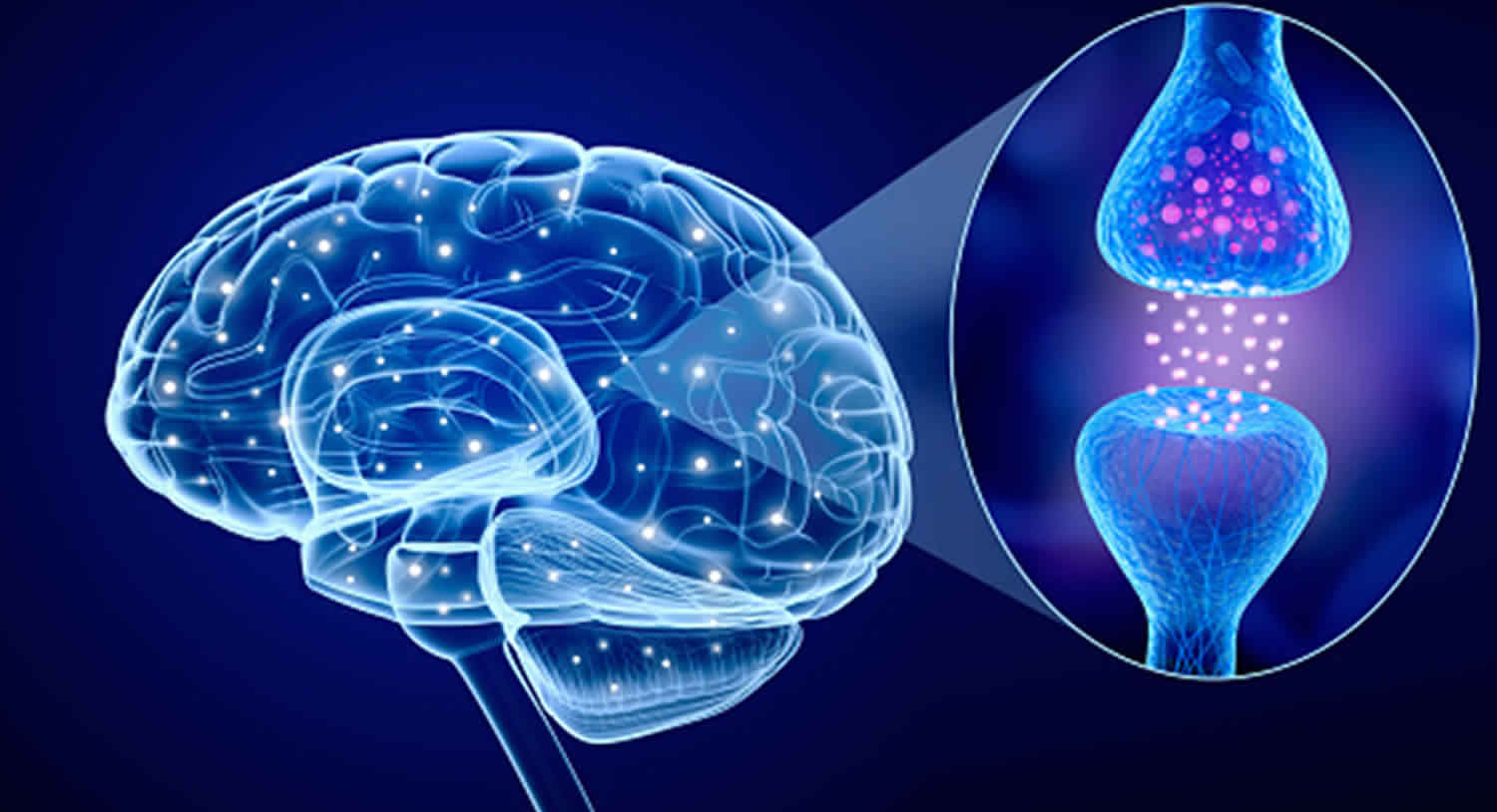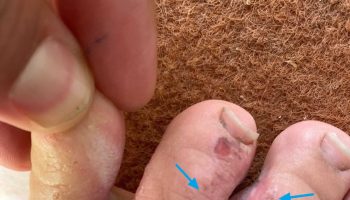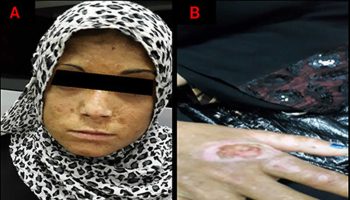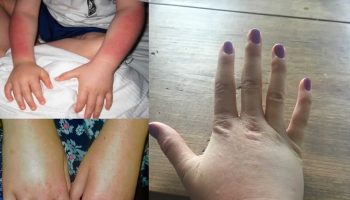Catalepsy
Catalepsy is defined as a state of marked loss of voluntary movement in which the limbs remain in whatever position they are placed (waxy flexibility) and a tendency to maintain an immobile posture. Catalepsy is characterized by muscular rigidity leading to prolonged immobility and an inability to correct an externally imposed awkward posture 1. Under physiological conditions, catalepsy can be obtained in some vertebrates as a kind of passive defensive behavior against a predator 2. In humans, excessive catalepsy‐like dyskinesia is a pathological symptom occurring in schizophrenia, mood disorders (e.g. depression) and Parkinsons’ disease 3. It has been shown that the brain serotoninergic (5‐HT) system is crucially involved in the mechanisms of catalepsy in mice 1. For example, pharmacological activation of the 5‐HT1A receptor with 8‐OH‐DPAT attenuates catalepsy induced by neuroleptics 4 as well as hereditary catalepsy in rats and mice 5. In addition, decreased expression of the gene for the 5‐HT2A receptor was found in the frontal cortex of all mice predisposed to catalepsy when compared with catalepsy‐resistant mice of the AKR strain 6. Moreover, irreversible inhibition of tryptophan hydroxylase 2 (Tph2), the key enzyme for 5‐HT synthesis, by p‐chlorophenylalanine significantly reduces catalepsy in rodents 7. More recently, the involvement of brain‐derived neurotrophic factor (BDNF) in the mechanisms of hereditary catalepsy in mice has also been demonstrated 8.
Catalepsy causes
In humans, excessive catalepsy‐like dyskinesia is a pathological symptom occurring in schizophrenia, mood disorders (e.g. depression) and Parkinsons’ disease 3. Catalepsy can be caused by schizophrenia treatment with anti-psychotics 9, such as haloperidol 10 and by the anesthetic ketamine 11. It has been shown that the brain serotoninergic (5‐HT) system is crucially involved in the mechanisms of catalepsy in mice 1. For example, pharmacological activation of the 5‐HT1A receptor with 8‐OH‐DPAT attenuates catalepsy induced by neuroleptics 4 as well as hereditary catalepsy in rats and mice 5. In addition, decreased expression of the gene for the 5‐HT2A receptor was found in the frontal cortex of all mice predisposed to catalepsy when compared with catalepsy‐resistant mice of the AKR strain 6. Moreover, irreversible inhibition of tryptophan hydroxylase 2 (Tph2), the key enzyme for 5‐HT synthesis, by p‐chlorophenylalanine significantly reduces catalepsy in rodents 7. More recently, the involvement of brain‐derived neurotrophic factor (BDNF) in the mechanisms of hereditary catalepsy in mice has also been demonstrated 8.
Catalepsy symptoms
Symptoms include: rigid body, rigid limbs, limbs staying in same position when moved (waxy flexibility), no response, loss of muscle control, and slowing down of bodily functions, such as breathing 12.
Catalepsy treatment
Catalepsy treatment involves treating the underlying cause. Auricularia polytricha is effective in both prevention and treatment of numerous types of neurological disorders. In this study 13, anticataleptic activity of aqueous extract of A polytricha (AEAP) at different doses (400 and 600 mg/kg, respectively, orally) was studied using haloperidol-induced (1 mg/ kg) catalepsy in rats.
- Kulikova EA, Bazovkina DV, Akulov AE, et al. Alterations in pharmacological and behavioural responses in recombinant mouse line with an increased predisposition to catalepsy: role of the 5-HT1A receptor. Br J Pharmacol. 2016;173(13):2147–2161. doi:10.1111/bph.13484 https://www.ncbi.nlm.nih.gov/pmc/articles/PMC4908196[↩][↩][↩]
- Dixon AK (1998). Ethological strategies for defence in animals and humans: their role in some psychiatric disorders. Br J Med Psychol 71 (Pt 4): 417–445.[↩]
- Klemm WR (1989). Drug effects on active immobility responses: what they tell us about neurotransmitter systems and motor functions. Prog Neurobiol 32: 403–422.[↩][↩]
- Wadenberg ML (1996). Serotonergic mechanisms in neuroleptic‐induced catalepsy in the rat. Neurosci Biobehav Rev 20: 325–339.[↩][↩]
- Popova NK, Kulikov AV (1995). On the role of brain serotonin in expression of genetic predisposition to catalepsy in animal models. Am J Med Genet 60: 214–220.[↩][↩]
- Naumenko VS, Bazovkina DV, Kondaurova EM, Zubkov EA, Kulikov AV (2010). The role of 5‐HT2A receptor and 5‐HT2A/5‐HT1A receptor interaction in the suppression of catalepsy. Genes Brain Behav 9: 519–524.[↩][↩]
- Popova NK (1997). Serotonin in genetically determined types of defensive behavior. Zh Vyssh Nerv Deiat Im I P Pavlova 47: 350–357.[↩][↩]
- Naumenko VS, Kondaurova EM, Bazovkina DV, Tsybko AS, Il’chibaeva TV, Popova NK (2014). On the role of 5‐HT(1A) receptor gene in behavioral effect of brain‐derived neurotrophic factor. J Neurosci Res 92: 1035–1043.[↩][↩]
- Rasmussen K, Hsu MA, Noone S, Johnson BG, Thompson LK, Hemrick-Luecke SK (November 2007). “The orexin-1 antagonist SB-334867 blocks antipsychotic treatment emergent catalepsy: implications for the treatment of extrapyramidal symptoms”. Schizophr Bull. 33 (6): 1291–97. doi:10.1093/schbul/sbm087[↩]
- Engelhardt KA, Marchetta P, Schwarting RKW, Melo-Thomas L. Haloperidol-induced catalepsy is ameliorated by deep brain stimulation of the inferior colliculus. Sci Rep. 2018;8(1):2216. Published 2018 Feb 2. doi:10.1038/s41598-018-19990-y https://www.ncbi.nlm.nih.gov/pmc/articles/PMC5797241[↩]
- Ketamine-induced catalepsy during adult sedation in the Emergency Department. J Emerg Med. 2013 Feb;44(2):e243-5. doi: 10.1016/j.jemermed.2012.07.063. Epub 2012 Sep 19. DOI:10.1016/j.jemermed.2012.07.063 https://doi.org/10.1016/j.jemermed.2012.07.063[↩]
- Sanberg PR, Bunsey MD, Giordano M, Norman AB (October 1988). “The catalepsy test: its ups and downs”. Behav. Neurosci. 102 (5): 748–59. doi:10.1037/0735-7044.102.5.748[↩]
- Liu, Xiaohong & Sharma, Rakesh & Mishra, Anurag & Chinnaboina, Gopala & Gupta, Gaurav & Singh, Mahaveer. (2019). Role of Aqueous Extract of Wood Ear Mushroom, Auricularia polytricha in avoidance of haloperidol-induced catalepsy via oxidative stress in rats. International Journal of Medicinal Mushrooms. 21. 10.1615/IntJMedMushrooms.2019030351[↩]





